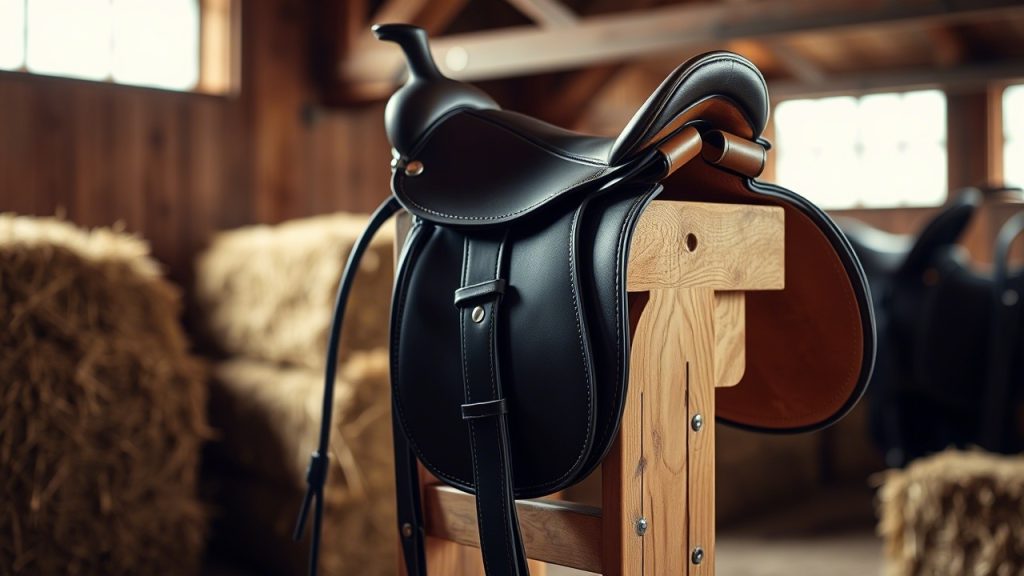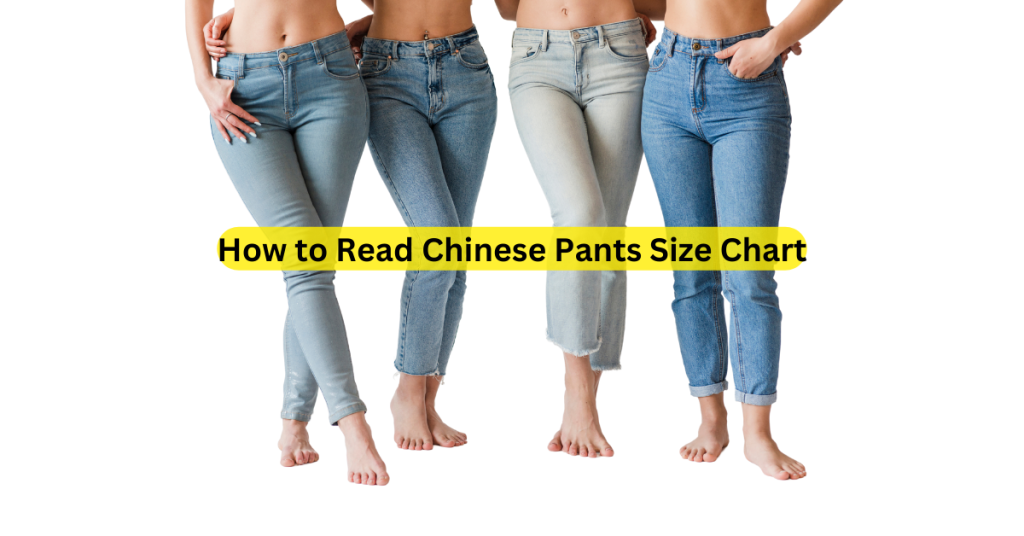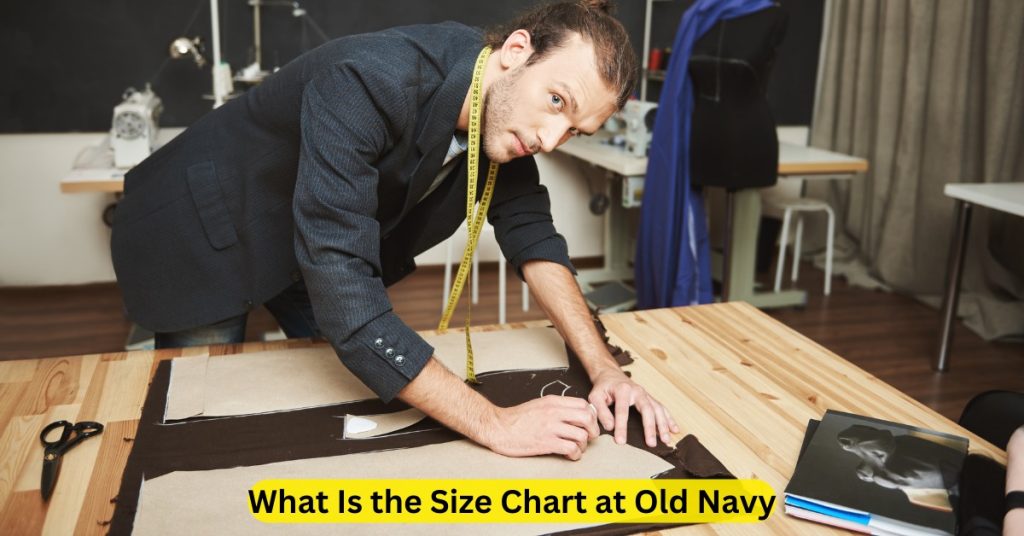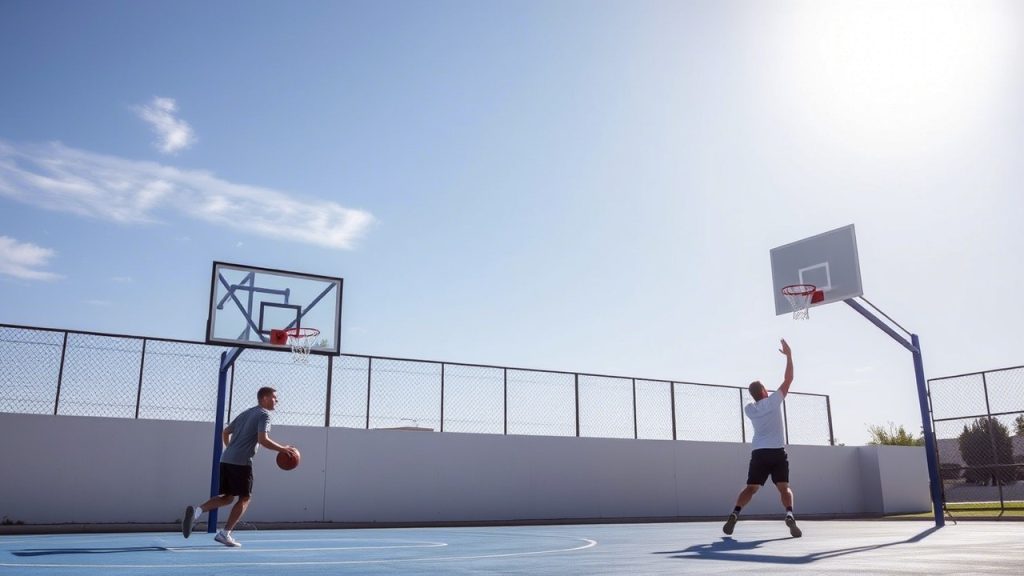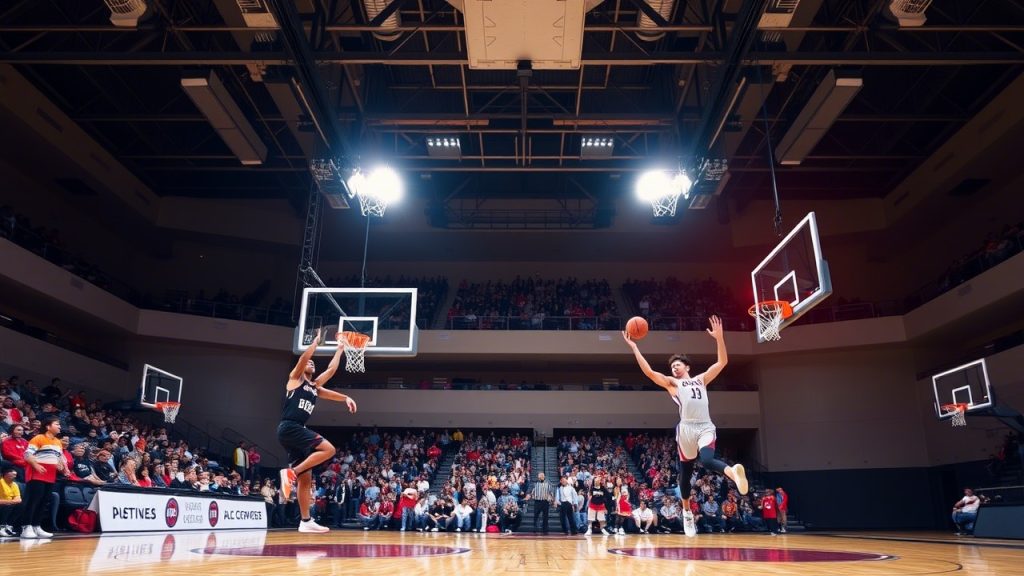If you’re a rider struggling with maintaining correct leg position, you’re not alone. Leg placement plays a vital role in your balance, posture, and communication with the horse. Fortunately, the right saddle can drastically improve how your legs rest, move, and support your body in the saddle.
We explore 6 best horse riding saddle ideas to improve leg position, whether you’re a beginner learning the basics or an advanced rider aiming for precision and comfort. You’ll also find 9 helpful FAQs at the end to support your saddle buying decision.
Let’s ride right into it.
Why Saddle Choice Impacts Leg Position
The saddle serves as the connection between rider and horse. When it fits correctly and is designed with good ergonomics, it naturally encourages the rider to sit tall with heels down and legs relaxed against the horse’s sides.
However, when the saddle is too flat, too wide, too small, or simply not suited for your discipline, it can cause:
- Legs to swing forward or backward
- Knees to grip too tightly
- Ankles to lose alignment with hips and shoulders
- Excessive fatigue or knee pain
Your saddle should encourage an “ear–shoulder–hip–heel” line in your posture. Let’s look at 6 saddle ideas that help you achieve that.
1. Deep-Seated All-Purpose Saddle for Natural Alignment
Best Example: Wintec 500 All-Purpose Saddle
Wintec’s 500 AP saddle is known for comfort and rider security. It features a deep, supportive seat and ergonomic stirrup bar positioning, helping your legs fall naturally beneath your hips. This saddle is ideal for those who ride in multiple disciplines and want improved leg placement across the board.
Why It Works for Leg Position:
- Deep seat helps maintain correct posture
- Stirrup bars slightly recessed for better leg drop
- Contoured knee blocks provide light leg guidance
Bonus: It includes an Easy-Change gullet system and CAIR panels that adjust to your horse’s shape, which also affects your leg placement by ensuring better contact.
Ideal For: Beginners to intermediate riders needing security and position correction
2. Close Contact Jumping Saddle for Proper Knee and Calf Angle
Best Example: Bates Caprilli Close Contact Saddle
This saddle is engineered for precision jumping and provides excellent support for forward leg angles. It has narrow twists, low cantles, and forward-cut flaps—all of which help position your legs correctly, especially in two-point and jumping phases.
Why It Works for Leg Position:
- Forward flaps support shorter stirrup length
- Molded knee rolls assist with mid-thigh security
- Narrow twist keeps hips aligned with lower leg
Bonus: The supportive panels help your seat and leg move together fluidly when in motion.
Ideal For: Riders aiming to improve leg position over fences and during fast transitions
3. Dressage Saddle for Long, Relaxed Leg Position
Best Example: Albion K2 Dressage Saddle
Dressage saddles are built to help riders sit deeper and longer through the leg, which improves contact and aids communication. The Albion K2 features a deep seat, moderate knee rolls, and straight-cut flaps, ideal for developing lower leg strength and awareness.
Why It Works for Leg Position:
- Encourages a vertical, ear–shoulder–hip–heel line
- Allows thighs to open naturally without tension
- Close contact with the horse for better leg sensitivity
Bonus: High-cut panels and a soft leather seat make it ultra-comfortable for long rides or flat schooling.
Ideal For: Riders developing a classical leg position, flatwork riders, and dressage students
4. Western Saddle with Proper Fender Alignment
Best Example: Circle Y Julie Goodnight Wind River Saddle
Western saddles can often lead to a “chair seat” if the fenders are placed too far forward. The Julie Goodnight model solves that with correctly positioned stirrups and a balanced seat that supports vertical alignment even in a relaxed position.
Why It Works for Leg Position:
- Fenders allow the leg to hang naturally
- Deep pocket seat promotes a neutral pelvis
- Slight pre-turned stirrups reduce knee strain
Bonus: Great for long trail rides where consistent leg position prevents fatigue.
Ideal For: Western riders looking to improve posture and alignment during trail or ranch riding
5. Treeless Saddle to Enhance Rider Awareness
Best Example: Barefoot Cheyenne Treeless Saddle
Treeless saddles offer unparalleled closeness to the horse and freedom of movement. With no rigid tree, your legs respond to every horse movement, helping you naturally refine their position through feel and balance.
Why It Works for Leg Position:
- Closer contact makes you more aware of leg imbalances
- Lightweight build promotes natural balance
- Flexible stirrup placement encourages hip-knee-heel alignment
Bonus: Reduces rider restriction, making it easier to correct poor leg habits.
Ideal For: Riders with seat and leg awareness who want to fine-tune position and feel
6. Youth and Small Adult Saddles for Shorter Leg Riders
Best Example: Thorowgood T8 Compact GP Saddle
Not all riders are the same height, and many adult saddles can position shorter-legged riders awkwardly. The Thorowgood T8 Compact GP has shorter flaps, customizable knee blocks, and a compact seat that allows smaller riders to maintain correct leg placement.
Why It Works for Leg Position:
- Supports a shorter thigh-to-heel ratio
- Helps riders sit upright with legs properly under them
- Adjustable blocks guide the legs without forcing
Bonus: Ideal for petite riders and young adults transitioning to full-size tack.
Ideal For: Short-stature riders needing correct ergonomic support
How to Choose the Right Saddle for Better Leg Position
When evaluating saddles, consider the following leg-related factors:
1. Seat Depth:
Deeper seats promote security and make it easier to maintain your body line.
2. Flap Design:
Forward-cut flaps benefit jumping riders, while straight-cut flaps benefit dressage and flat riders.
3. Stirrup Bar Position:
Forward bars encourage a “chair seat,” while recessed bars support a vertical line.
4. Knee and Thigh Blocks:
These provide external support for keeping your leg in place, especially helpful during transitions.
5. Saddle Fit for You and the Horse:
A poorly fitting saddle can shift forward or backward, throwing your entire body out of alignment.
Additional Riding Tips to Improve Leg Position
Saddle choice is crucial, but here are some complementary training habits:
- Ride without stirrups a few minutes per session
- Use a lunge line to focus solely on position without rein control
- Stretch hamstrings and hip flexors before mounting
- Practice “toe-up” exercises to strengthen calves and balance
- Film your rides to analyze leg position over time
9 Frequently Asked Questions
1. Why does my leg keep swinging forward in the saddle?
This is often due to a poorly placed stirrup bar or a flat seat that pushes your hips back. A deeper seat and recessed bars can help correct this.
2. What is the correct leg position while riding?
Your ear, shoulder, hip, and heel should form a straight vertical line when viewed from the side. Your legs should rest lightly along your horse’s side.
3. Can a bad saddle cause knee pain?
Yes. If the fenders or stirrup leathers are positioned poorly, it can torque your knee joint or cause excessive tension in the thigh.
4. Are treeless saddles good for leg position?
Treeless saddles promote body awareness, which can improve leg position—but they require strong core balance and are not ideal for total beginners.
5. Should I get a saddle with knee blocks?
If you struggle to keep your legs steady, knee blocks can offer helpful support. Just make sure they don’t force an unnatural angle.
6. Is a dressage saddle better for leg position than a jumping saddle?
Dressage saddles are better for long, vertical leg positions, while jumping saddles support a more forward leg during two-point or fences. Choose based on your discipline.
7. What saddle is best for short riders?
Saddles like the Thorowgood T8 Compact are made specifically for shorter legs and help you maintain vertical alignment.
8. Can adjusting my stirrups fix my leg position?
Sometimes. Stirrup length and placement matter, but they can’t fix the wrong saddle design. Use stirrup adjustments along with a properly fitted saddle.
9. How do I know my leg position has improved?
You’ll feel more stable, your heels will stay down effortlessly, and you’ll have better contact with your horse without gripping too tightly.
Final Thoughts
Improving your leg position starts with awareness—but it’s sustained through proper equipment. The 6 best horse riding saddle ideas to improve leg position shared in this guide have been chosen for their structure, support, and proven ability to help riders align their legs correctly.
Whether you’re training for dressage, enjoying trail rides, or learning to jump, a properly designed saddle will make every ride more effective and comfortable. Invest wisely—and feel the difference in just a few rides.
Let me know if you’d like this content formatted into a publish-ready HTML post, or if you’d like an internal linking strategy for your website.

